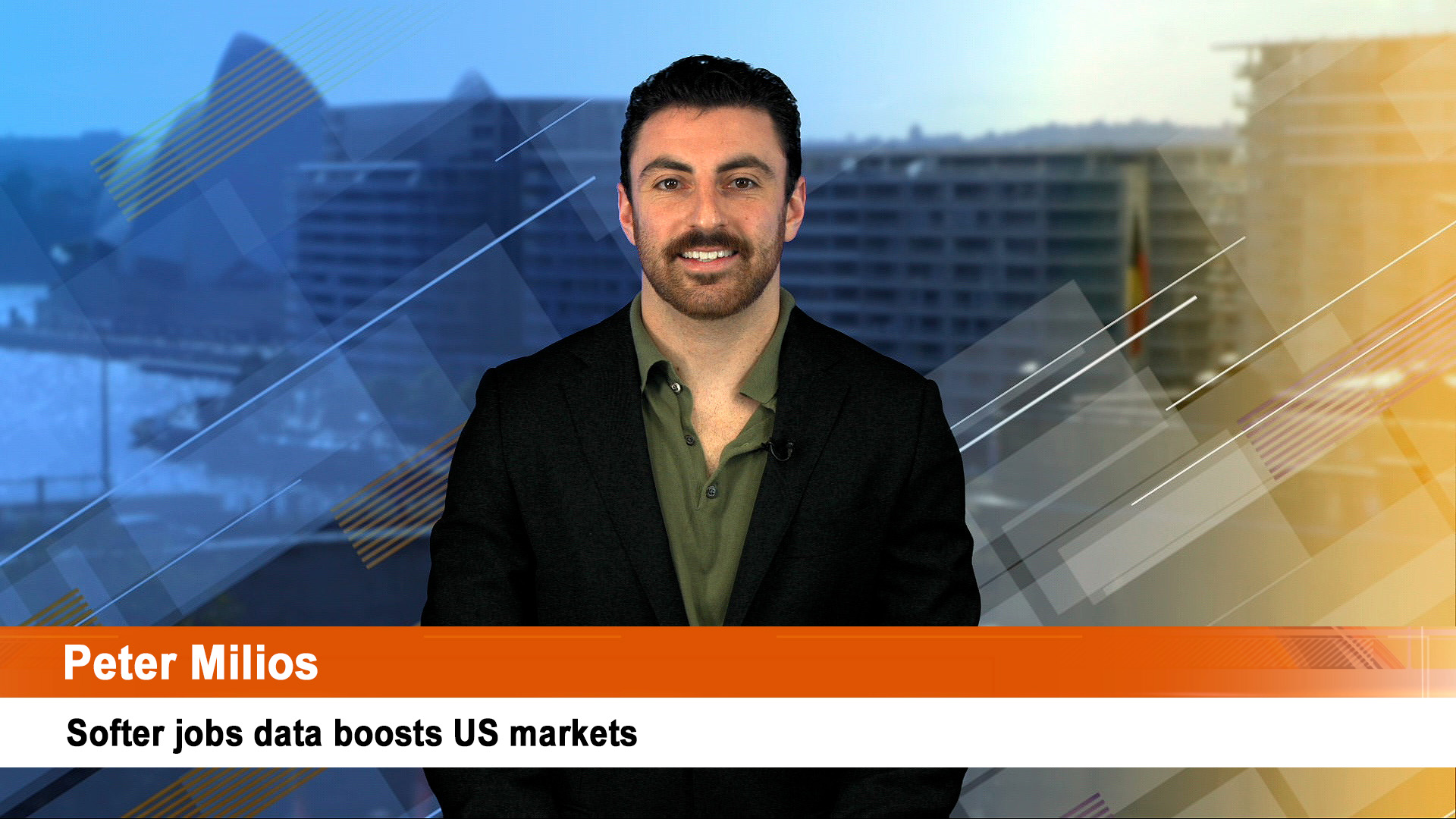US stocks staged a fresh, bigger slide on Thursday, pushing the S&P 500 index and Nasdaq Composite into a bear market where they joined the Dow.
The 9% plus slump officially ended a record-setting, 11-year-old bull-market run—a surge that was the pride and joy of President Donald Trump who did his best to accelerate the end with his ham-fisted ban on European travel on Wednesday.
In fact, equities were saved from the prospect of an even bigger shakeout after the US Federal Reserve, through its New York branch, stepped in to promise $US1.5 trillion in emergency funding for US bond markets after liquidity started drying up early Thursday.
The buy-sell spread on US treasuries widened sharply, an indication that no one was prepared to buy and that banks and other companies were starting to hoard cash, a move that contributed to the intensity of the 2008-09 GFC.
The Fed move came Thursday afternoon and seemed to have a positive impact as $US500 billion for three-month repurchase deals was injected straight away with another $US1 trillion to be injected on Friday for up to one to three months.
The Fed is expected to cut interest rates for the second time this month at its two-day monetary policy scheduled for next week.
By the close though hundreds of billions of dollars in value had been shed by the value of Wall Street shares.
The S&P 500 index tanked 9.5% to 2,480, the Dow tumbled 9.99% to end at 21,200 (2,352 drop and the worst since Black Monday in October 1987). It was also the worst percentage drop for blue chips since 1987. The Nasdaq Composite Index slumped up 9.4% to 7,201.
Worries about accelerating problems in the sector also helped to fuel almost-indiscriminate selling of assets considered risky but these fears saw selling (again) of safe-haven assets like bonds and gold alike.













